An Elegant Society: Adam Buck at the Ashmolean
Matilda Bathurst is transfixed by a show dedicated to Adam Buck.
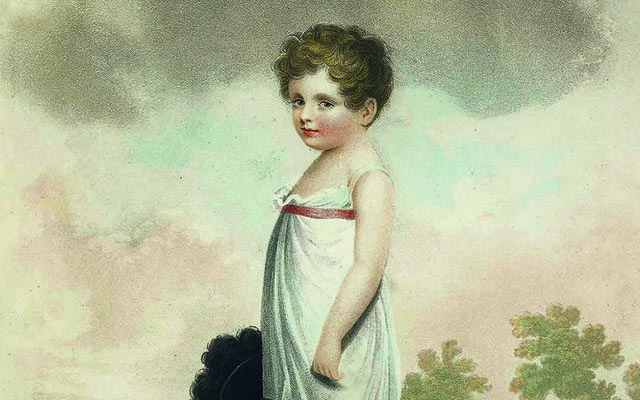

When, as part of an elaborate matchmaking scheme, Jane Austen’s Emma paints a watercolour portrait of Harriet Smith, you can imagine her taking inspiration from the style of Adam Buck. The Irish artist (1759–1833) is largely responsible for our vision of the quintessential Regency belle: rosy-cheeked, doe-eyed and inevitably clad in flowing white muslin.
In the first major exhibition of Buck’s work since 1925, the Ashmolean Museum seeks to restore his reputation as one of the most influential imagemakers of the late-Georgian era.
The exhibition presents more than 60 rarely seen works, including watercolour portraits and miniatures, exquisite prints and the artist’s designs as they appeared on porcelain, fans and fabric. A large proportion of the loans comes from the private collection of the leading Buck scholar Peter Darvall, who has guest-curated the exhibition with Dr Jon Whitely. Mr Darvall’s catalogue to the exhibition is the first book to be published about the artist’s life and work.
It’s not surprising the exhib-ition is long overdue. Buck’s fondness for neo-Classical themes and simple compositions fell out of favour with the arrival of the Victorian Rococo and, although his prints commanded high prices in the late 19th and early 20th centuries, he never regained the fame enjoyed in his lifetime.
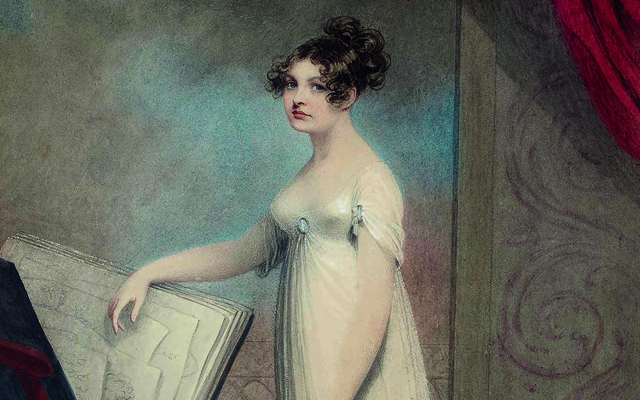
With no diary or letters yet discovered, very little is known about the details of his life and he remains a shadowy presence in his own exhibition. We catch a brief glimpse of the artist in a full-length watercolour of his wife on their wedding day in 1804. Leafing through a portfolio, she pauses at her husband’s sketched self-portrait, but her eyes are fixed on the viewer: the artist himself.
More of Buck’s early Irish miniatures will be on show when the exhibition travels to the Crawford Art Gallery in Cork in February 2016; the Ashmolean focuses on the artist’s years in England from 1795 to his death in 1833. On arrival in England, Buck quickly gained success with the support of his Anglo-Irish patrons. As miniaturist expert Emma Rutherford writes in her catalogue essay, ‘No one translated the modern sitter into a noble ancient quite as vividly as Buck.’
His small pencil and water-colour portraits of sailors, clergy-men and landowners could very well be the cast of an Austen novel; indeed, the author sought inspiration for her characters at the Royal Academy exhibitions in which Buck exhibited annually until the year of his death.
Sign up for the Country Life Newsletter
Exquisite houses, the beauty of Nature, and how to get the most from your life, straight to your inbox.
Although Buck remains backstage, his publishers William Holland and Rudolph Ackermann emerge as the most vivid personalities of the exhibition. Holland was a political radical who shared Buck’s support for Irish indepenence. He commissioned the artist for a number of prints illustrating literary works, including Tristram Shandy, as well as prints and portraits for the Prince of Wales and the Duke of York.
Although never straying far from Grecian themes and motifs of motherhood, Buck occasionally contributed more libidinous prints. This profitable hypocrisy is satirised in an engraving from the Royal Collection, in which an ugly Rowlandson debauchee leers at a typical Buck beauty.
When Buck broke from Holland in 1809, the straightlaced Rudolph Ackermann gave him full rein to create saccharine scenes of blissful domesticity. Inspired by the scenes on Greek vases, popular prints such as The Darling Awake and First Steps proved ideal for use in the decorative arts and Ackermann saw the profit to be gained by linking fine art and industrial production. Meanwhile, Buck’s independently produced portraits of Liberal politicians and celebratory images of the Duke of York’s scandalous mistress, Mary Anne Clarke, demonstrated his more subversive sympathies. The sensitivity of his style meant he never overstepped the line.
As fashions changed, Buck remained firmly in the Greek Revival, a persistence that proved to be his downfall. The exhibition closes with a rather staid series of lithographs produced in the year of his death, repeating motifs developed decades before. The artist who had charmed princes and delighted polite society finally died in poverty, leaving his family to survive on the charity of the Royal Academy.
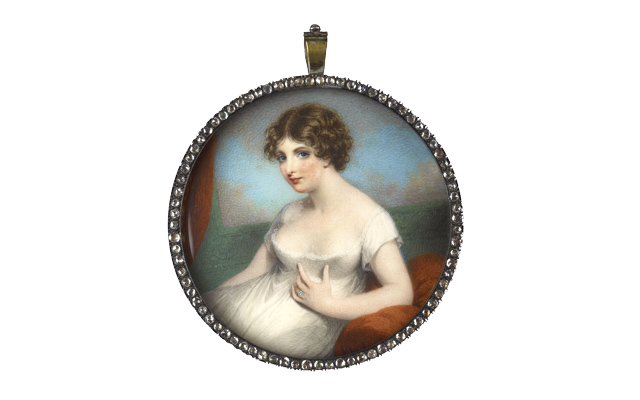
Buck was not, as Dr Whitely admits, a great artist. But his work is finely produced and provides a rare insight into the faces and tastes of the time. What’s more, with as many as 3,000 works accounted for in sale catalogues and only 900 identified, a large proportion of Buck’s oeuvre is still waiting to be discovered. What better excuse to clear out the attic?
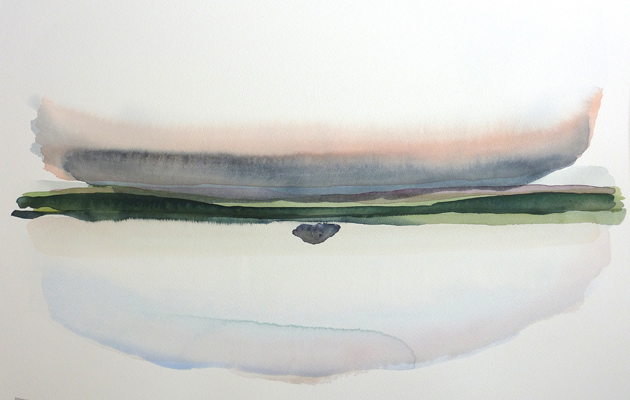
The best exhibitions to visit this August
We choose the best art exhibitions to visit this month.
Country Life is unlike any other magazine: the only glossy weekly on the newsstand and the only magazine that has been guest-edited by HRH The King not once, but twice. It is a celebration of modern rural life and all its diverse joys and pleasures — that was first published in Queen Victoria's Diamond Jubilee year. Our eclectic mixture of witty and informative content — from the most up-to-date property news and commentary and a coveted glimpse inside some of the UK's best houses and gardens, to gardening, the arts and interior design, written by experts in their field — still cannot be found in print or online, anywhere else.
-
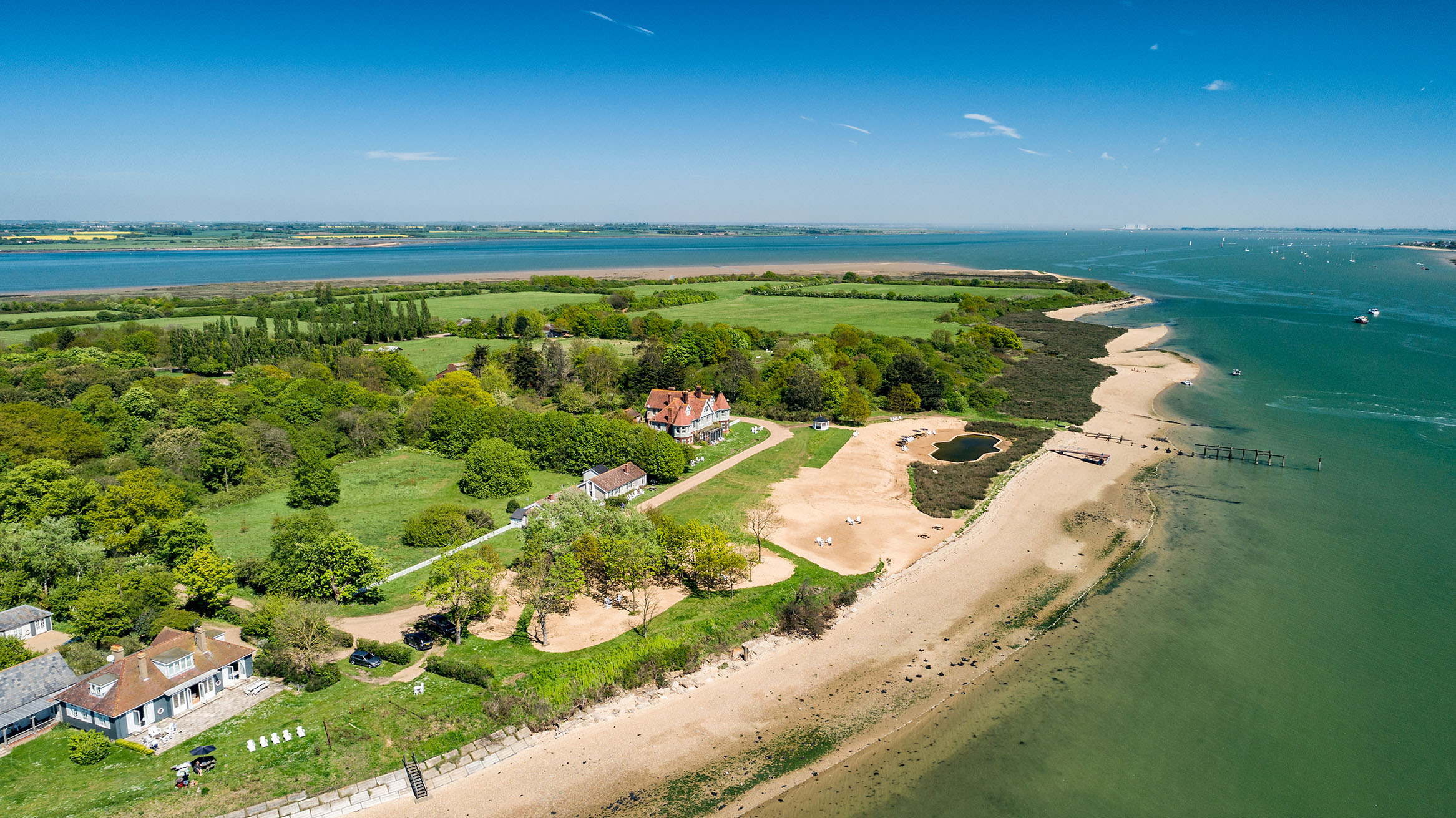 380 acres and 90 bedrooms on the £25m private island being sold by one of Britain's top music producers
380 acres and 90 bedrooms on the £25m private island being sold by one of Britain's top music producersStormzy, Rihanna and the Rolling Stones are just a part of the story at Osea Island, a dot on the map in the seas off Essex.
By Lotte Brundle
-
 'A delicious chance to step back in time and bask in the best of Britain': An insider's guide to The Season
'A delicious chance to step back in time and bask in the best of Britain': An insider's guide to The SeasonHere's how to navigate this summer's top events in style, from those who know best.
By Madeleine Silver